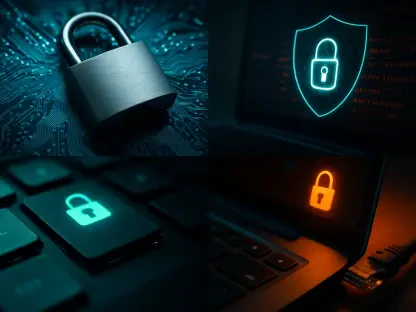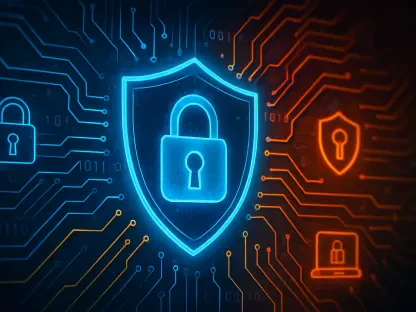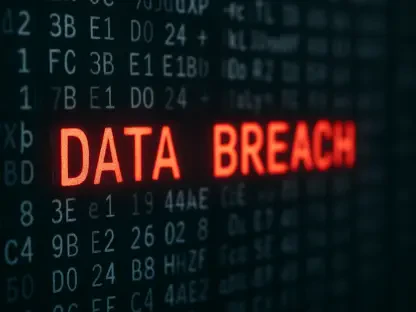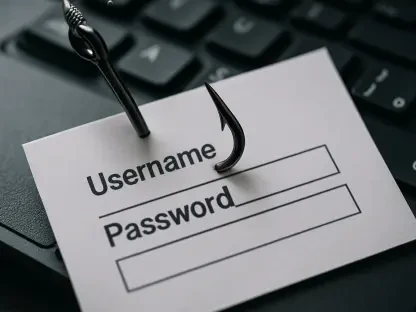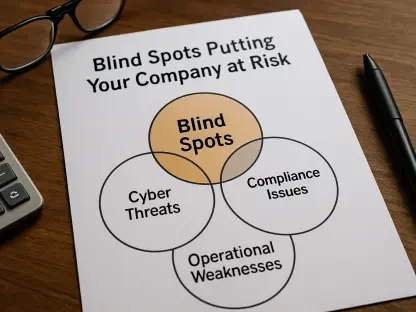In a concerning development within the healthcare technology sector, recent warnings from the U.S. Food and Drug Administration (FDA) and the Cybersecurity and Infrastructure Security Agency (CISA) have brought to light significant cybersecurity vulnerabilities in patient health monitors produced by Contec and Epsimed. These devices, integral to displaying critical patient data such as vital signs in clinical and home environments, have been identified with severe weaknesses that permit unauthorized remote access and potential manipulation without the knowledge of healthcare providers or patients.
Identified Vulnerabilities in Contec and Epsimed Patient Monitors
Unauthorized Access and Potential Manipulation
One of the key findings from the recent investigations points to at least three substantial vulnerabilities in the software used by these patient monitors. The flaws could allow unauthorized users to gain remote access to the devices, posing serious risks including the alteration or corruption of vital patient data. The affected devices include the CMS8000 patient monitor, manufactured by the Chinese company Contec, and the MN-120 line, which is a rebranded version sold by Epsimed.
A critical vulnerability among them involves a hidden backdoor within the software, as reported by an anonymous researcher. This backdoor can enable users to bypass existing cybersecurity controls. If exploited, it could lead to unauthorized changes in the device settings or tampering with the data, thereby jeopardizing patient safety. The FDA and CISA have flagged these vulnerabilities as severe, although it is noted that no incidents, injuries, or deaths have been reported so far due to these flaws.
Recommendations for Healthcare IT and Cybersecurity Teams
In light of these vulnerabilities, the FDA has issued specific recommendations to healthcare IT and cybersecurity teams to mitigate potential risks associated with these monitors. The foremost advice is to opt for local monitoring features exclusively, avoiding the use of remote monitoring functionalities wherever possible. This approach minimizes the risk of unauthorized access since it physically restricts device connectivity.
However, in situations where remote monitoring is deemed necessary, the FDA recommends several precautionary measures. These include physically unplugging the devices from the internet to prevent any external connections, disabling WiFi and cellular capabilities on the monitors, or ultimately discontinuing their use entirely if the wireless options cannot be turned off. The goal of these measures is to eliminate the potential entry points for malicious actors until more permanent solutions, such as a software patch, can be developed and deployed.
The Broader Context of Health Data Security
Rising Trends in Data Breaches
This alert on cybersecurity risks comes against a backdrop of growing concerns about the security of health data. Data from the Office for Civil Rights showcases a significant rise in the frequency and impact of major data breaches over the past few years. Between 2018 and 2023, there has been an over 100% increase in the number of reported breaches, with an alarming more than 1000% surge in the number of individuals affected by these incidents.
The statistics underscore the need for heightened cybersecurity measures within the healthcare sector, not just to protect sensitive patient information but also to ensure the reliable functioning of medical devices. The increasing connectivity of healthcare devices to the internet, while beneficial for patient monitoring and data collection, also makes them more vulnerable to cyberattacks, thus necessitating robust and proactive security protocols.
Enhancing Cybersecurity in Healthcare
In light of these developments, it is crucial for healthcare organizations to bolster their cybersecurity defenses. Comprehensive strategies should include regular software updates, vulnerability assessments, and staff education on the importance of cybersecurity practices. Leveraging advanced cybersecurity technologies, such as encryption and intrusion detection systems, can also help mitigate the risks posed by cyber threats. By taking these steps, healthcare providers can better safeguard patient data and ensure the continued trust in health monitoring systems.


